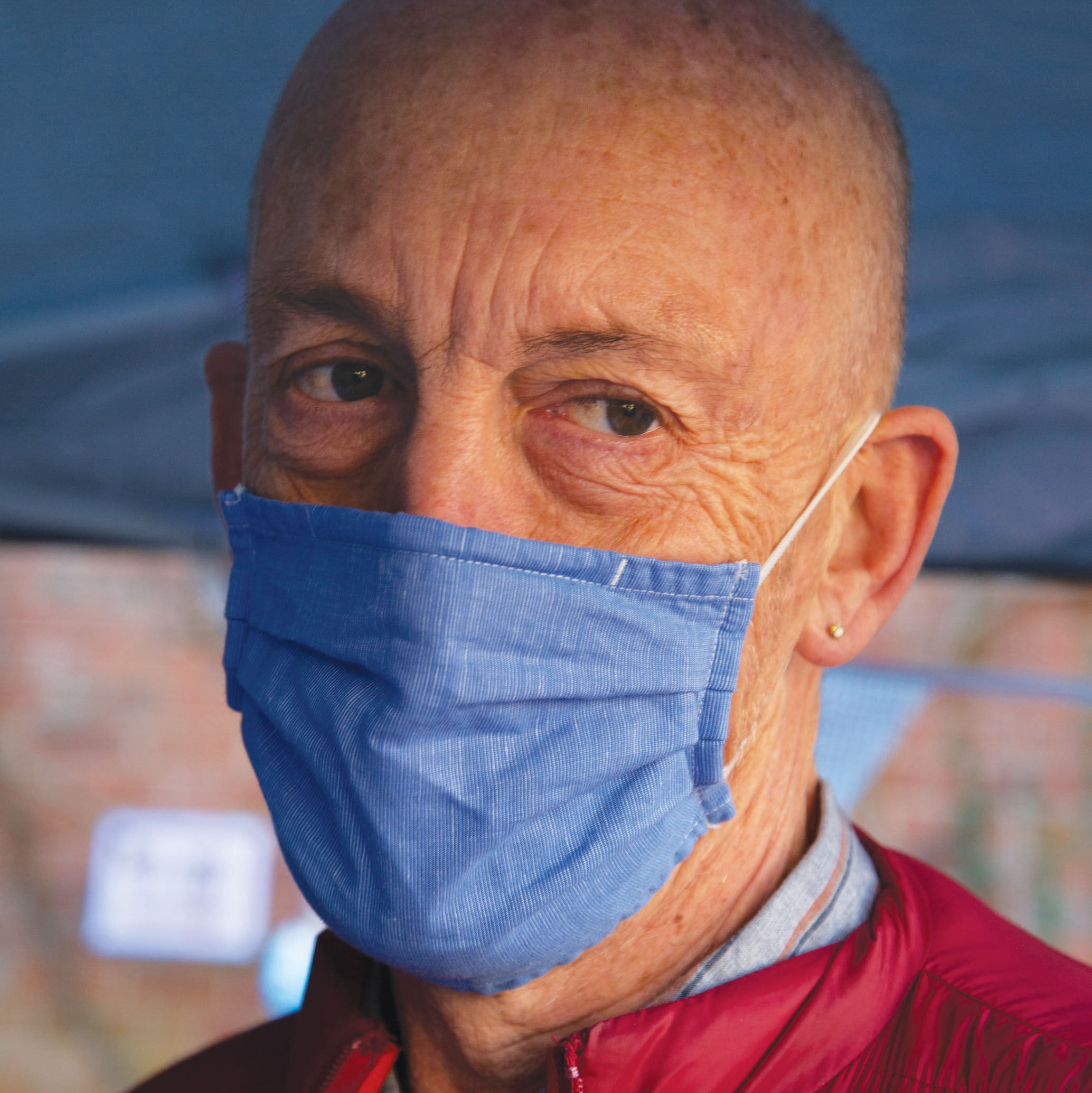Cycling data helps cities
Have you heard of Strava? Nor had I until a couple of months ago and I’m a fairly keen cyclist. In truth if you are familiar with it you are likely to be young, tech savvy, and a keen runner or cyclist. Strava is an app developed, where else, in San Francisco, for athletes, runners and cyclists who want to track their progress, test themselves, analyse and compare data with friends and pros, see how much energy they use and what boosts performance. It’s the kind of thing MAMIL’s (middle aged men in lycra) use. But interviewing people in my local bike shop one morning I soon realised that it is by far the most popular app that cyclists of all kinds use to assess their journeys, whether for communing, sport or leisure. But in 2013 the idea dawned that all the data generated by Strava users could be aggregated and used for wider purposes than just tracking personal performance. So was born Strava Metro an inadvertent tech business spin off and an equally accidental urban planning tool.
Strava Metro whose strapline is ‘Better data for better cities’ builds on the parent company’s growth, which is adding about one million new members worldwide every two months, and having more than six million uploads a week. Traditional methods of recording cycling and walking in cities involve traffic counts in single locations for limited periods of time. Expensive and partial. Naturally Strava Metro claims much more than this. As their website puts it: ‘Metro data enables deep analysis of cyclist and pedestrian activity including popular or avoided routes, peak commute times, intersectional wait times and origin/destination zones..’. This is all done by their millions of users uploading their rides each week via their smart phones (you do of course have to carry them on each ride to enable this to work), data which Metro anonymises and aggregates before passing on to partner departments of transportation and city planning groups, to help them plan improvements in infrastructure and facilities. Now there are some seventy odd cities and regions world-wide who are using Strava Metro as a data source for their cycling and walking planning, including Glasgow, Reykjavik, Stockholm, Brisbane and the State of Oregon. Glasgow University’s Urban Big data Centre is analysing a year’s worth of cycling data for the whole of Scotland. The data isn’t free of course; Oregon’s cost about £14,000 but it is seen as value for money in comparison with other means of data collection especially considering the sheer quantity. Glasgow University’s work is being shared with Abellio the Dutch company that runs the ScotRail franchise to analyse cycle commuting data to and from its stations.
It is easy to get carried away with the excitement of new data sources and what they tell us, but how representative and therefore useful is Strava Metro’s data? Certainly there are some big caveats. Cyclists who don’t care about metrics don’t use it. Nor do cyclists on low incomes who don’t use apps at all. Nor are cyclists who aren’t confident about riding in traffic, who are the ones who need safer routes the most. And of course MAMIL’s out on long hard rides aren’t commuters. Nonetheless about 50-70% (depending on location) of rides uploaded to Strava are commuter trips and Strava riders constitute between 5-10% of all bike movements, especially in cities. And those with the app tend to use the same routes and experience the same problems as everybody else. Samples that size are statistically significant especially used with other sources such as conventional traffic counts. The marginalised groups issue is a real one and Strava are attempting to patch this particular pothole in their data by working with local bike advocacy groups. Essentially ‘get your community to use the app and in exchange have free access to local data to use in lobbying city planners and transport operators’ is the incentive. To what extent this approach reaches non users, who are probably not engaged with campaigning groups either, is debatable but it is a start. And planners need to be aware of this data hole too when accessing it and using it in policy making and service planning. The last word should go to Michael Horvath, who co-founded Strava in 2009 who said, ‘One of the things that we learned early on is that these people [city planners] don’t have very much data to begin with. Not only is ours a novel data set, in many cases it’s the only data set that speaks to the behaviour of cyclists and pedestrians in that city or region.’ So next time you saddle up you could help make the trials and pleasures of cycling that much easier to understand and act upon.
This aticle first appeared in the July 2016 issue of Town & Country Planning

